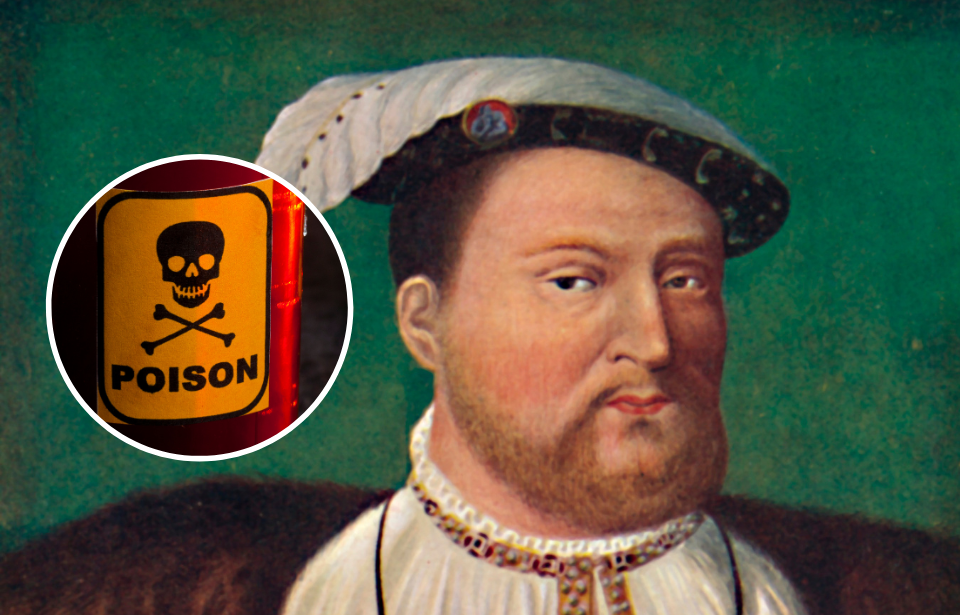On April 5, 1531, hardened London spectators of public punishment gathered at Smithfield, joined by others who were too curious to stay away. An execution had been announced of a type that none had witnessed in their lifetimes, nor ever heard of. The condemned man, Richard Roose, was to be boiled alive.
Did the punishment fit the crime?
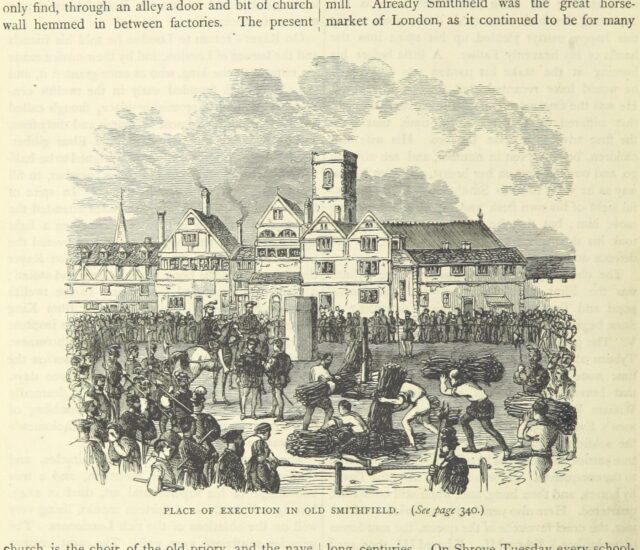
Roose was not the sort of criminal that usually met his end at Smithfield, located just beyond the London Wall. He was convicted of high treason, yet he had not sought to harm King Henry VIII nor his queen, Catherine of Aragon, nor any royal councilor. He had not tried to overthrow the kingdom’s government. Roose, a cook, was accused of murder by poison.
His two victims were an obscure gentleman in the household of Bishop John Fisher, Bennet Curwen, and a destitute widow who accepted the bishop’s charity, Alyce Tryppytt. The target of the poisoning was assumed to be Fisher himself, the Bishop of Rochester. Ironically, Fisher did not eat the soup—sometimes described as porridge—that Roose prepared and so was unharmed.
Roose admitted to the poisoning but claimed it was a joke gone wrong, an accident. There is no testimony for us to examine, because Roose had no trial by command of the king.
A murder mystery?

In the words of the Greyfriars Chronicle of London, a contemporary document: “This year was a cook boiled in a cauldron in Smithfield for he would have poisoned the bishop of Rochester Fisher with divers of his servants and he was locked in a chain and pulled up and down with a gibbet at divers times until he was dead.”
Roose’s crime, the legal method of his condemnation, and finally the form of punishment create a bizarre chain of events that, in a more modern age, might well have raised questions of motive in several parties, including that of Henry VIII. Although there is no question of who did the killing, this is still a tantalizing Tudor murder mystery, and reveals some of the peculiarities of the early modern age, when laws existed and homicide was considered a heinous crime, but there was no trained police force nor forensic science.
Why did Henry VIII demand this punishment of a lowly cook? Why was Roose executed as a traitor when his crime was murder of commoners? The answer lies in the King’s complex feelings for Bishop Fisher.
Henry VII and John Fisher

John Fisher was made bishop of Rochester by the King’s father, Henry VII, in 1504. Fisher performed the funeral services for Margaret Beaufort, the king’s mother, and Henry VII himself when they died, within months of each other, in 1509. In the first 20 years of the reign of Henry VIII, Fisher was considered “the greatest Catholic theologian in Europe, without any rival,” writes Eamon Duffy.
But by the time of the crime in question, King Henry was no longer proud of Bishop Fisher, 62 years of age. It would be safe to say he considered him an enemy. And it would have made the King’s life much easier if Fisher had lost his—if he had consumed the soup.
In 1527, when Henry VIII, desperate for a male heir, began his public quest for an annulment from 42-year-old Catherine of Aragon to marry the delectable young Anne Boleyn, Fisher became one of his most serious obstacles. The question of the royal marriage was a theological one, and if Europe’s most respected theologian had agreed in the rightness of King Henry’s cause, it would have done a lot to bring about the annulment. But Fisher took the side of Catherine of Aragon. The marriage was legal and could not be dissolved.
In 1529, Bishop Fisher announced at the trial of the royal marriage that it would impossible to die more gloriously than in the cause of marriage, as John the Baptist did. In that same year, when a proposal came to Parliament to dissolve the smaller abbeys—the beginning of Henry VIII’s destruction of the Catholic monasteries—Fisher openly resisted it with all the power at his disposal.
The poisoning
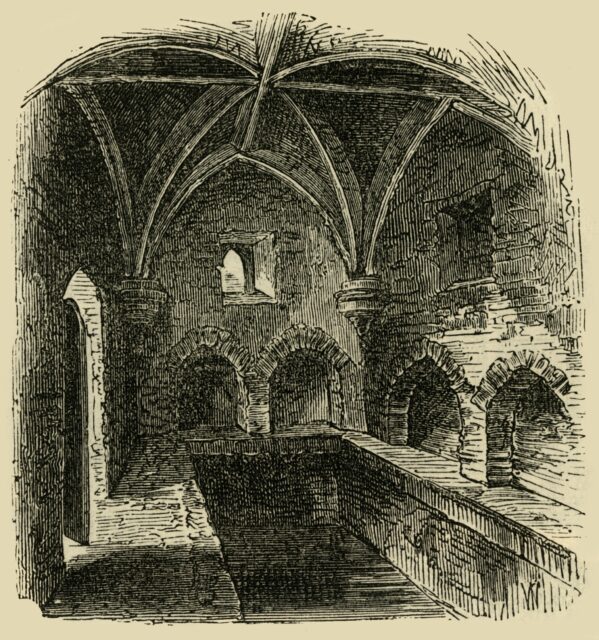
Enter one Richard Roose. One of Fisher’s earliest biographers, Richard Hall, wrote in 1655 the most complete account of the poisoning. He is the only source to say that Roose was not the chief cook in Fisher’s household, which is significant: “After this the Bishop escaped a very great danger. For one Richard Rose came into the Bishop’s kitchen, being acquainted with the cook, at his house in Lambeth-marsh, and having provided a quantity of deadly poison, while the cook went into the buttery to fetch him some drink, he took his opportunity to throw that poison into a mess of gruel, which was prepared for the Bishop’s dinner. And after he had waited there a while, he went on his way.
“But so it happened that when the Bishop was called into his dinner, he had no appetite for any meat but wished his servants to fall to and be of good cheer, and that he would not eat till toward night. And they that did eat of the poisoned dish were miserably infected. And whereof one gentleman, named Mr. Bennet Curwen and an old widow, died suddenly, and the rest never recovered their health till their dying day.”
Roose’s arrest
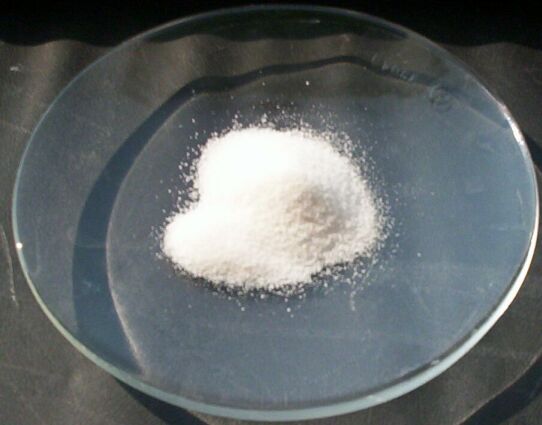
An inquiry began at once. Although a salaried police force did not yet exist in England, criminal investigation was taken seriously. Justices of the peace, appointed by the monarch, received and investigated complaints; coroners viewed dead bodies and ordered arrests. If a suspect was bound over for trial, freedom was unlikely. Defendants charged with felonies or treason did not exist. In fact, murder trials rarely lasted more than 15 minutes.
Roose was soon apprehended, and admitted to adding what he believed were laxatives to the soup as a “jest.” Unfortunately for him, no one believed him. The always skeptical Imperial ambassador Eustace Chapuys wrote a slightly different version of events to his master, Charles V, the nephew of Catherine of Aragon:
“They say that the cook, having been immediately arrested… confessed at once that he had actually put into the broth some powders, which he had been given to understand would only make his fellow servants very sick without endangering their lives or doing them any harm. I have not yet been able to understand who it was who gave the cook such advice, nor for what purpose.”
We share Chapuys’ frustration. Who gave the cook these powders and told him that they would sicken and not kill anyone? If that information was obtained, it was not shared with the public.
Who was responsible?
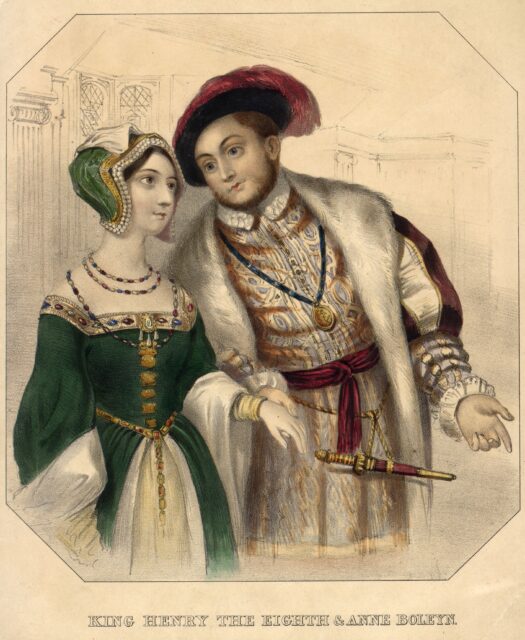
Sir Thomas More, the lord chancellor, informed Henry VIII that there were rumors that Anne Boleyn and her father and brother, Thomas and George Boleyn, were involved in the poisoning attempt. The king reacted angrily, saying Anne Boleyn was unfairly blamed for everything, including bad weather.
The murder motive and the question of a larger plot were soon obscured by Henry VIII’s drastic actions. He decided that Roose should be condemned by attainder without a trial—a measure usually used for criminals who were at large (but Roose was sitting in prison!). Nonetheless, Parliament passed “An Acte for Poysoning,” making willful murder by means of poison high treason even if the victim was not head of the government of the land. And boiling to death became a form of legal capital punishment. This crime was especially heinous, the king’s representatives said, and thus called for such measures.
Several biographers have noted King Henry’s extreme fear of poison. Although the monarch’s paranoia became infamous in later years, there was some basis for concern. Everyone had heard the stories of murder by cantarella in Rome during the time of the Borgias. Pope Alexander VI, Rodrigo Borgia, died—perhaps of poison slipped into his food at a banquet—during the reign of Henry VII. Cantarella was believed to have been arsenic trioxide.
If poison was ever suspected as the cause of death at this time in England, there was no way to scrutinize its damage within the corpse to confirm. And should the poison itself be obtained, the field of analytical chemistry was four centuries away.
Fear of poisoning led to Roose’s drastic punishment

Not surprisingly, rumors ran wild. Poisoning was rumored (never proven) to be the cause of the deaths of Queen Anne, Richard III’s wife; the eventual death of Catherine of Aragon; and the agonizing death of Henry’s son, Edward VI. The Tragedy of Hamlet, Prince of Denmark, written in the reign of Henry’s daughter, Queen Elizabeth I, employed poison. Shakespeare wove it into five other plays too.
But there was more to this than royal terror of a poisoned dish. As historian K.J. Kesselring wrote in The English Historical Review, “This may explain the severe, exemplary punishment of boiling, but not the need to label the offense treason.”
In April, the crowds of Smithfield witnessed Roose’s death. According to an eyewitness: “He roared mighty loud, and divers women who were big with child did feel sick at the sight of what they saw, and were carried away half dead; and other men and women did not seem frightened by the boiling alive, but would prefer to see the headsman at his work.”
However, the story of the king and the stubborn bishop doesn’t end there.
The end of Fisher

When, after the king married Anne Boleyn, Bishop Fisher refused to swear an oath of supremacy to the king, he was arrested. The pope made Fisher a cardinal to protect him, but it only enraged the king more. Before, the monarch had ordered a savage punishment of the man who tried to kill Fisher, but now, Henry VIII wanted Fisher gone.
After a difficult imprisonment, Fisher was beheaded on June 22, 1535, on Tower Hill. The crowd gasped when they saw him on the scaffold for he was “nothing…but skin and bones…the flesh clean wasted away, and a very image of death.” In his speech to the crowd, Fisher is said to have shown a calm dignity.
According to Fisher’s biographer: “And here I cannot omit to declare to you the miraculous sight of his head, which after 14 days grew fresher and fresher, for that in his lifetime he never looked so well…. the face looked as if it beholdeth the people passing by and would have spoken to them. Which many took as a miracle.”
In 1886, the Catholic Church made John Fisher a saint.
